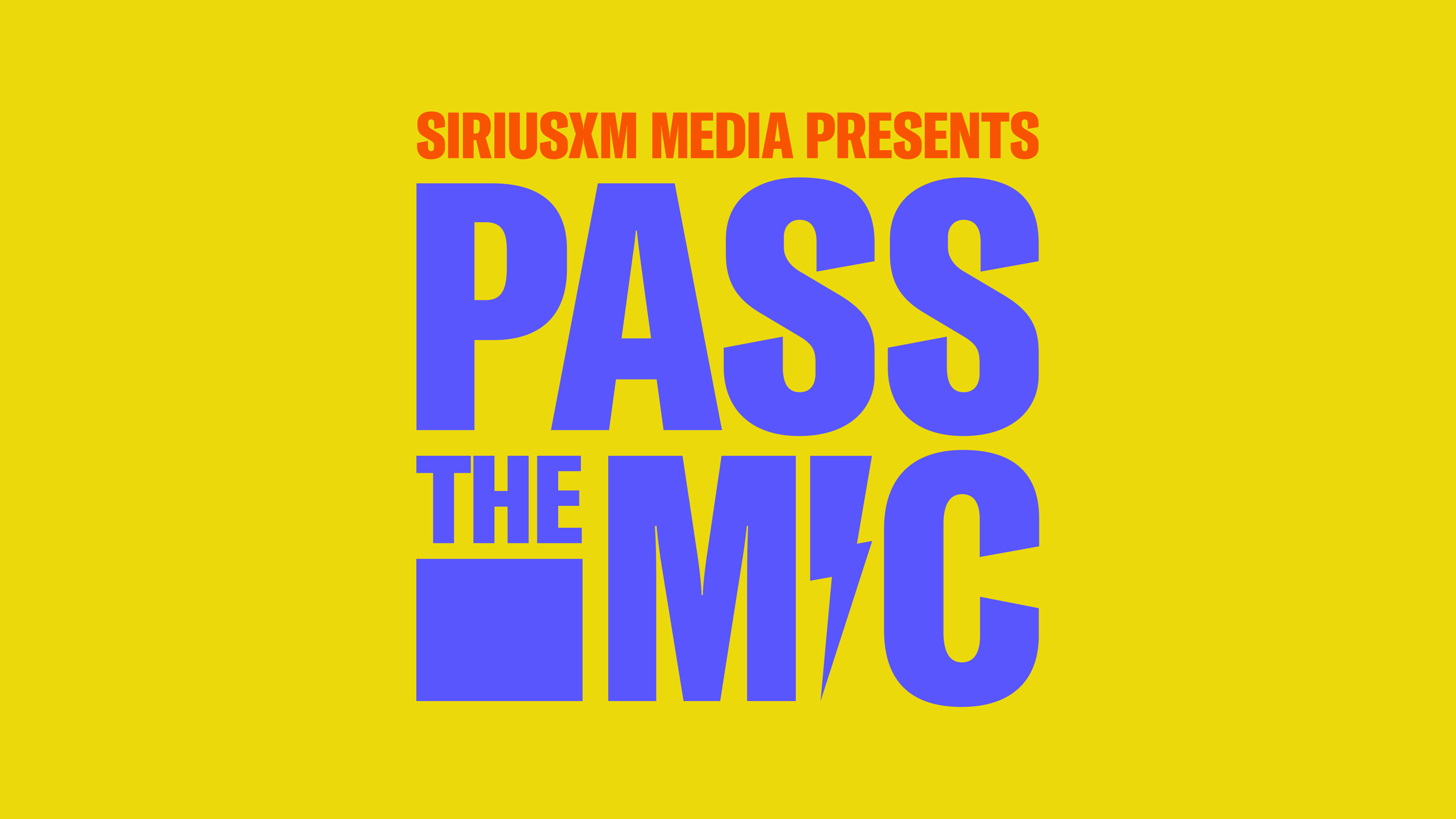Consumers are Back to Commuting, Go Along for the Ride with Digital Audio
Jan 31, 2023There’s no doubt that listening habits have changed over the years. When work-from-home became the norm, we saw digital audio listening in the home begin to rise. And now that people are commuting to work again, in-car listening is revving back up with 24% of daily audio time happening in the car.1 From cars to buses to trains, listening to audio has always been a typical part of the commuter experience—it’s how they’re doing it that’s changing.
With new (and renewed) routines, new listeners, and tons of ways to access digital audio, the advertising options are endless. Continuously growing access to audio means even more people have the opportunity to hear from your brand. Buckle up and explore why on-the-go listening is the road to brand opportunities.
Digital Audio on the Dial
Even as on-the-go listening picks up speed, AM/FM’s numbers continue to fall. Nearly half of drivers (49%) are choosing digital audio as they cruise, up +9% since 2017. That means consumers are increasingly choosing digital audio over AM/FM—and brands will need to shift their ad spend to reach these listeners.
If numbers are your thing, we’ve got the proof points to back up just how much digital audio is growing and where we think your advertising dollars would have the greatest impact:
Satellite: In the last seven years, SiriusXM has grown 28% as the numbers for AM/FM radio continue to dwindle.
Streaming: When it comes to streaming music, Pandora’s ad-supported platform is the market leader in listening in most demos—commanding 1.2x more daily share of listening than Spotify and 4.3x more than iHeart ad-supported.
Podcasts: Podcasting alone has seen a 223% increase in daily listening since 2015. And 77% of podcast listeners are pressing play in the car.2
With people spending more time driving around, listeners are now 9.8% more likely to plug in to talk audio, such as podcasts or news, when they’re in the car. And SiriusXM talk has seen a 45% increase in cars since 2015.1
Gen Z Taking the Wheel
Gen Z is getting behind the wheel and taking control of the audio dial. With younger people beginning to drive, they’re poised to impact digital audio consumption in the car in a big way. As new and young drivers get on the road, we have high expectations that on-the-go listening will continue to rise. Americans spend four hours per day with digital audio. That’s a 7% increase just in the last year! If we take a look specifically at teens, we find that 72% of all of their audio listening is digital, with streaming and podcasts leading at 42% each. That means, as Gen Z begins spending more time in the car, they’re likely to take digital audio along for the ride.
Better Ad Experiences with Digital Audio
We’ve all experienced AM/FM ad breaks. They are abrupt, long, and way too broad. And most of those ads are heard by people who can’t relate, and zone out or change the station all together. SiriusXM delivers a higher share of voice with 50% less commercial time per hour than AM/FM radio. And the cherry on top? SiriusXM is in 140M vehicles (aka.,every 1 out of 2 cars on the road) that means you can reach millions of subscribers in the car.3
Our targeting capabilities for podcasts takes things one step further, so you can reach specific audiences with relevant messages. Our targeting options vary from show level targeting, where you’ll reach fans of a specific show, all the way to predictive audience targeting, where you can target audiences based on habits, behaviors, life stages, and more—with tons of options in between. So when your ads play, people are more receptive to hear what you have to say.
Get Your Message into the Fast Lane
So what does on-the-go listening really mean to advertisers? It means that you have the opportunity to reach audiences wherever they are throughout the day. Whether people are tuning in for talk and tunes during their daily commute or listening to their favorite podcasts as they run errands, consumers are choosing to spend a lot of time with digital audio. And we have all the solutions you need to reach the right audiences at the right time.
So, let’s ride along together. When you’re ready to rev up your advertising goals, let’s chat.
Sources
1. Edison Research Share of Ear Q3 2022 Study
2. SXM Media, Podsurvey Study, April 2022, n=12, 315 podcast listeners 18+, Base A18+ podcast listeners. Q: Where do you typically listen to podcasts? Select all that apply.
3. Internal Metrics Q1 2022
Related Insights
 Digital Audio
Digital AudioQ & A: The Power of Audio for Retail Media Network Campaigns
Apr 24, 2024 DE&I
DE&I"Be brave and figure it out," Ritu Trivedi from Mindshare
Apr 24, 2024 Digital Audio
Digital AudioDigital Audio Makes Sports Campaigns A Slam Dunk
Apr 23, 2024 Digital Audio
Digital Audio7 Takeaways and Opportunities from the Infinite Dial Report
Apr 23, 2024





